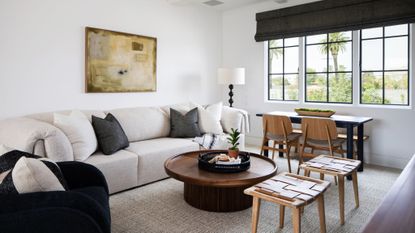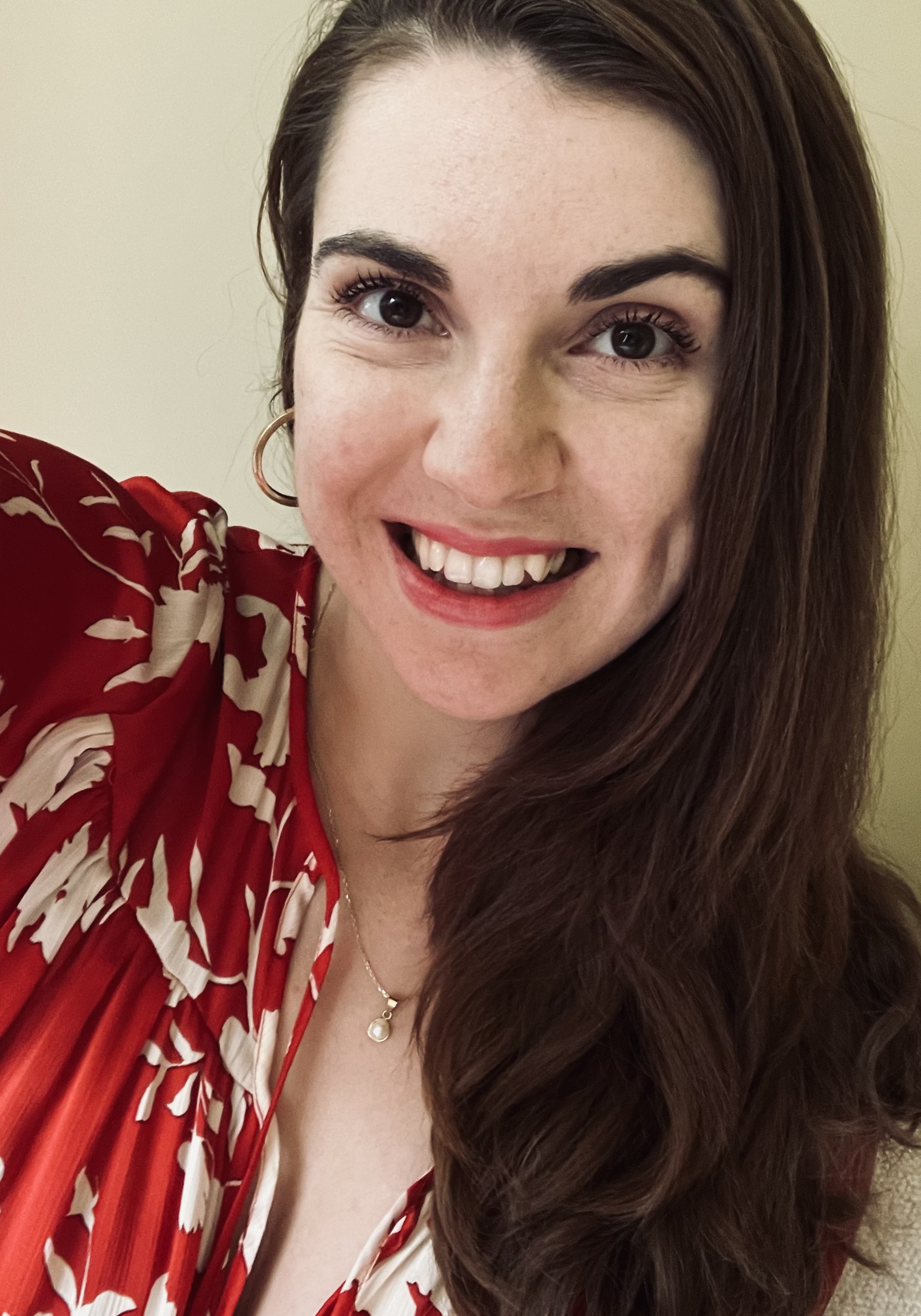How to know when to stop decluttering –this is how organizers figure out what to keep and what to throw
Decluttering can feel nice once you get the hang of it, but you don’t need to get rid of all your stuff. Here’s how you can tell what’s clutter and what’s not


With the rise of minimalism came the underlying understanding that we must get rid of stuff (a lot of stuff) if we want to achieve the aesthetic. Many TV shows and books about decluttering encourage us to look at our belongings and decide if we actually need them in our lives. More often than not we decide we don’t, and so we find ourselves embarking on a decluttering frenzy in pursuit of a calming, minimalist space that will better our lives and bring us peace of mind.
There are a million and one benefits to decluttering. As a modern society, we are surrounded by stuff that clutter our homes and our minds. Decluttering feels good. It’s not just getting rid of physical objects, but also getting rid of mental baggage. However, like with anything that is good for us, overdo it and it becomes the opposite.
When it comes to how to declutter your home, there’s an art to being a balanced minimalist and achieving a clean, clutter-free aesthetic, without throwing away most of your belongings. Here’s how to look at minimalism through a more human-friendly lens, and how to decide what actually needs throwing.
A balanced approach to decluttering for a minimalist aesthetic

I have to admit I am guilty of going all in on decluttering. I have been known to give half the belongings of my wardrobe to charity, only to go in the shop the next day and buy some back because I thought I went too far (I then re-donated it so I think I basically did a double good deed there). The point is that decluttering with the aim of achieving that minimalist modern home aesthetic can feel a bit overwhelming.
I spoke to professional organizing expert and minimalist Shira Gill, whose latest book Organized Living is out now, to get her thoughts on what minimalism really is, or should be, about. Her approach was much more balanced and human than what I had in mind. ‘Most people think of minimalism as scarcity and taking things away. For me, minimalism is about leaning into the things that you value most and letting go of the things that are just providing clutter and distractions. Creating more time, space, and freedom for the things that you care about, and value,’ she explains, and I find this to be a more palatable approach.
However, when you find yourself in the middle of a big pile of things on your bedroom floor, how can you actually tell if an item is worth keeping or letting go of?
How do you decide if something is clutter or not?

Before you do like me, panic, and give everything away, Shira advises you to start by clarifying your values around what is important to you, in your life, separate from the things you own. Think about the support you want and need in your life. ‘An example would be: I value community and creativity and travel, and so I want to set up a home and a space that makes these things easy to implement in my life. So when I’m going through a big box of stuff and I get stuck, I ask myself or my client is this item getting you closer to the life that you want or is it getting you further away from the life that you want?,’ she explains.
I learned from Shira that decluttering and minimalism are about so much more than just things, it’s about the life you want to lead. ‘It’s far beyond the stuff, and more about clarifying what you value and what you want to make space for and I think frequently people just don’t spend enough time to think about these questions or even question what they are surrounded with in their homes and if it’s providing value or if it’s there just because it randomly is there,’ Shira adds.
How do you know if you’ve gone too far?

As great as decluttering is, with its many benefits for our space and our minds, too much of a good thing can turn into the opposite. Right? Shira’s approach is balanced here too. ‘Minimalism can go too far if you go overtly ruthless, although I have almost never seen that in my 15-year career. It’s typically the other way, of holding on to too much and adopting more of a scarcity mentality and thinking that you have to cling to everything because of identity or guilt or lack of clarity. I’ve almost never had someone say I regret getting rid of too much, it’s more the focus of I can’t believe how free I feel and my life is so much easier.’
However, if you don’t want to feel that you're decluttering more than necessary and get overwhelmed, approach it with the acceptance that you can just take baby steps, it's okay if it takes time, and it shouldn’t feel like a chore. Professional organizer Melissa Gugni thinks of decluttering as more of a marathon than a sprint. Having this approach will keep you grounded and intentional, and stop you from overdoing it.
‘Marie Kondo introduced the idea of a "big declutter" done over a finite period of time and this can be great for some people. For most folks, it is just too tiring/overwhelming. I think a big sign that it's time to stop decluttering is when a client has hit this overwhelm. There is nothing wrong with tackling a room, organizing a closet, or even a box and stopping for a while. It can be good to see how it feels once one area is tackled - if it feels great, it might inspire more decluttering! But if it doesn't I say don't force it. Bringing in someone from the outside, be it a friend or a professional can help if you are feeling stuck and need to keep moving forward despite it, for an upcoming move for instance,’ she explains.
Get organized with the help of these books

Price: $23.72
Get a peek into the homes of professional organizers around the globe and learn how to organize your home like the pros.

Price: $19
This book will help you do minimalism in a balanced way, guiding you to organize your home and make space for what really matters.

Price: $14.98
The one who started it all, Marie Kondo is an authority on decluttering, and this is a book of her best tips and methods.
Be The First To Know
The Livingetc newsletter is your shortcut to the now and the next in home design. Subscribe today to receive a stunning free 200-page book of the best homes from around the world.

Raluca is Digital News Writer for Livingetc.com and passionate about all things interior and living beautifully. Coming from a background writing and styling shoots for fashion magazines such as Marie Claire Raluca’s love for design started at a very young age when her family’s favourite weekend activity was moving the furniture around the house ‘for fun’. Always happiest in creative environments in her spare time she loves designing mindful spaces and doing colour consultations. She finds the best inspiration in art, nature, and the way we live, and thinks that a home should serve our mental and emotional wellbeing as well as our lifestyle.
-
 10 Rules For Decorating Small Spaces - How Designers Create A Cozy Room That Also Boosts The Square Footage
10 Rules For Decorating Small Spaces - How Designers Create A Cozy Room That Also Boosts The Square FootageExperts reveal their tips and tricks on how to combine a welcoming vibe with space-stretching interior design techniques...
By Ruth Doherty Published
-
 'Subtle Gray' Is The New Color Trend Designers Are Using to Replace White — It's So Much Warmer and More Luxe
'Subtle Gray' Is The New Color Trend Designers Are Using to Replace White — It's So Much Warmer and More LuxeIt’s the new shade grabbing designers’ attention and you should know about it. But what is ‘subtle gray’, and how can you use it?
By Raluca Racasan Published

